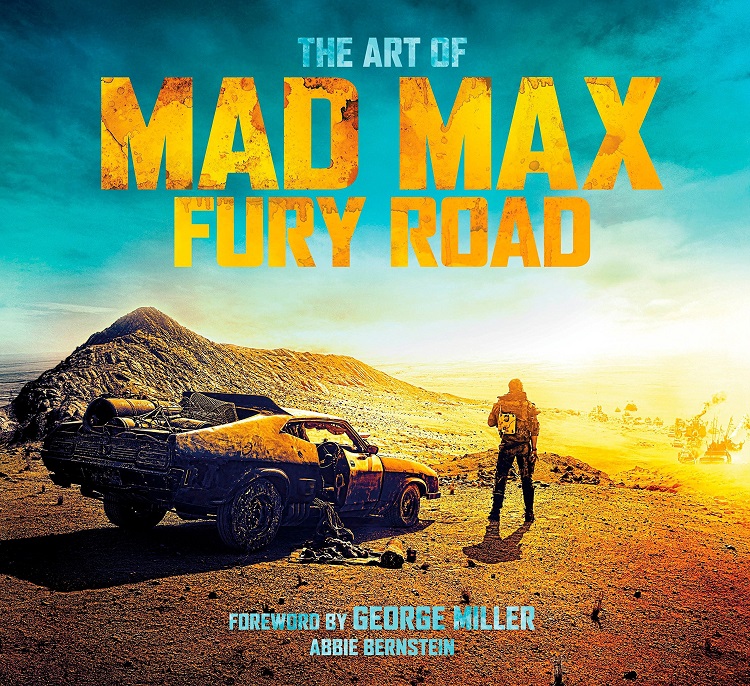
Written by Elias Levey-Swain
Mad Max: Fury Road is a phenomenon. It is the summer blockbuster beloved by millions, revered by critics, and held dear by the Academy of Motion Picture Arts and Sciences. There are so few films that are loved so universally throughout those three crucial audiences.
Fury Road not only achieved that universal love, but transcended genre altogether to become something that it feels wrong to even label as a Blockbuster, or a critical darling, or an Oscars-sweetheart. There is something fundamentally urgent about how good it is, that makes an audience member want to watch it in theaters as many times as they can before its run closes. And what might that fundamental element be? Well, it certainly seems to me, and apparently to author Abbie Bernstein as well, that this urgency is created by the intrinsic artistry of the film. Bernstein loved the art of Mad Max: Fury Road so much, that she wrote a book about it, and she called it just that.
The Art of Mad Max: Fury Road is “an official companion to the highly anticipated movie.” It is a glimpse at what makes the beauty of the film so overtly characterized by vehicular and colorful motifs, as well as the desperate search for some kind of catharsis in what can only be called a wasteland.
The book is given a foreword by the film’s director George Miller , and reads as a twisted, unfortunate anthropological study. He writes of the “Water Wars,” and the preservation and idolization of “pre-80s Muscle Cars and Rat Rods.” Miller’s foreword is not simply a warning of what may come of us if we keep wasting water, yadda yadda yadda. No, his writing has an undeniable precision and focus on the artistry of what he created with Fury Road. It is half a run-down of the world we will enter when the screen and speakers awaken to the world of Mad Max, half a list of things that are totally rad about Miller’s new flick. He’s excited about the movie, and it shows.
The rest of the book is comprised of many beautiful images from the film (certainly fitting), that are often shown next to the original storyboard art. There is an almost shocking unison between the two, that explicitly displays the work that went into the film’s design. Nothing was just created on the fly. In fact, most of the design concepts were created years ago, when the film was in the beginning stages of pre-production. Mixed in among the beautiful imagery is an undaunting amount of words. Consequently, the film could be described in largely the same way. The text ranges from small blurbs describing what the heck it is that the reader is looking at, to longer essays and articles regarding the film’s production, design, and most other aspects of filmmaking.
The book is split into short sections named for the larger set-pieces and areas of production in the film. Each section features the same beautiful images, and Bernstein’s descriptive and capable writing. When the reader is lucky, the text will feature pull-quotes, or even longer interviews from people close to the production.
When the reader is even luckier, the subject of the text and images will be the mechanics of the insanely epic vehicles from the movie. As Miller writes in his foreword, “these vehicular treasures – their chassis and bodies, engines and steering wheels – are religious artifacts.” And this could not be more spot-on. To both the characters in Fury Road, and the audience, there is an ethereal quality possessed by the vehicles and art of Mad Max’s world, which entrances and magnetizes all who look upon them.
The Art of Mad Max: Fury Road is the perfect companion book to the film. It is far from simply a collector’s item for any superfans that may be out there, rather it is a book which serves to inform and engage its reader by taking them back to the Fury Road, without having to buy movie ticket after movie ticket. While I do believe this is a book which should be read from cover to cover if you love the film enough to commit to that endeavor, it is also perhaps the perfect coffee-table book for any and all who found themselves at all inspired or awakened by the art of Mad Max: Fury Road.